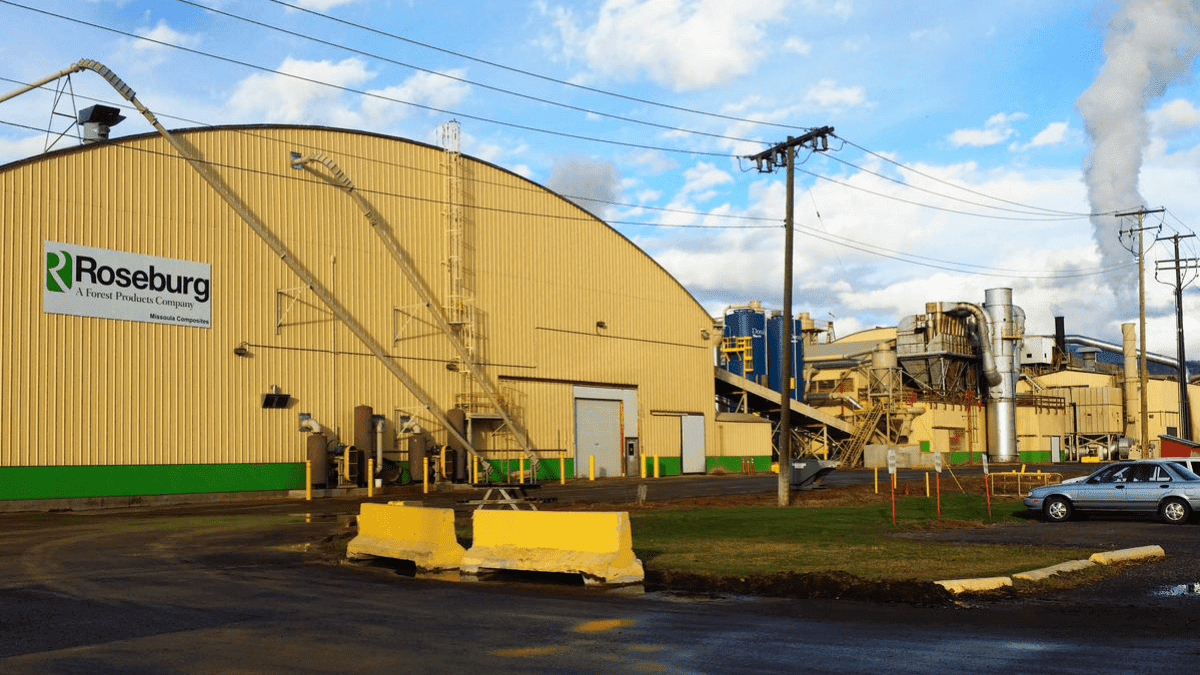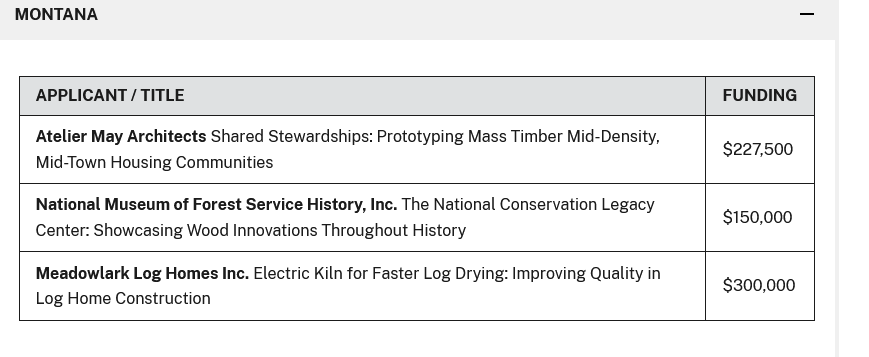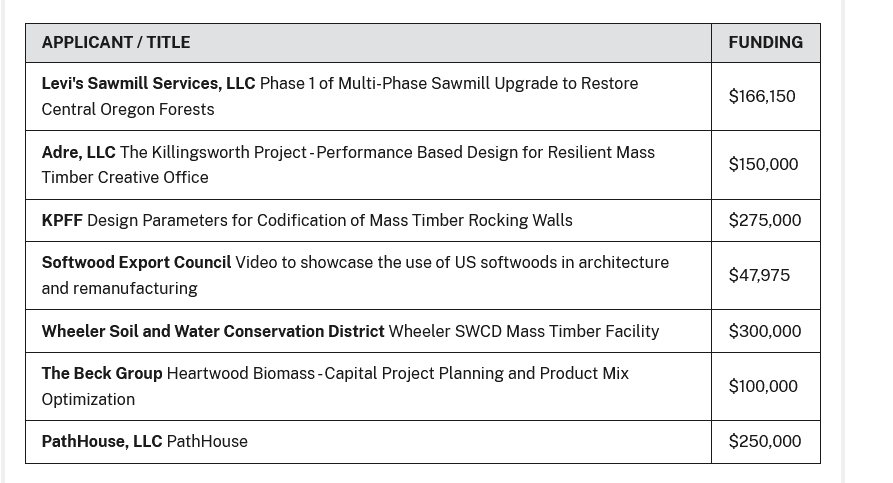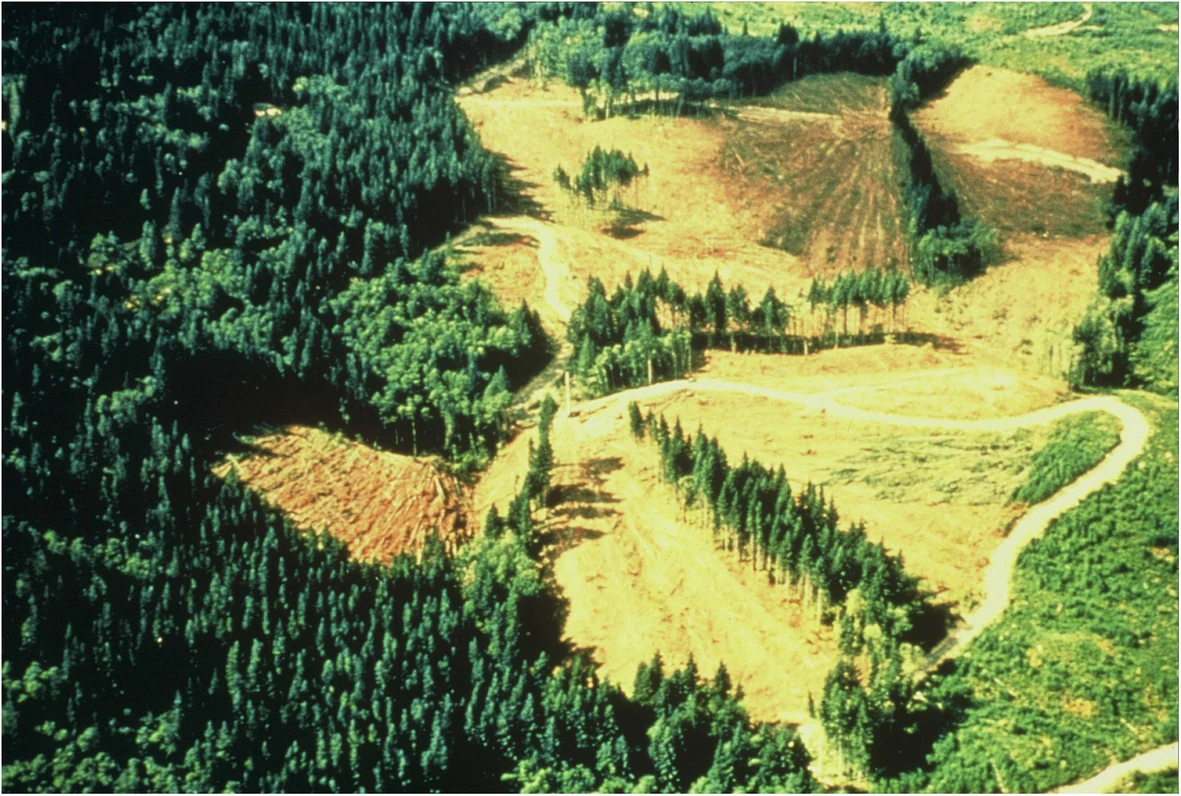
An Easter egg for this morning, but I’ll be running a little behind for awhile.
FOREST SERVICE
I started the last litigation update with this, before discussing a district court opinion in the Rio Grande case: “I believe the Rio Grande revision is one of only two developed under the 2012 Planning Rule that have been litigated (the Flathead being the other).” Within a couple of days there were new opinions on both the Rio Grande and the Flathead revised forest plans.
Court decision in Defenders of Wildlife v. U. S. Forest Service (10th Cir.)
On March 11, the 10th Circuit Court of Appeals affirmed a district court opinion upholding the Rio Grande National Forest revised forest plan’s compliance with the Endangered Species Act for Canada lynx. The circuit court did not directly offer an opinion on what the district court called “fundamental flaws” in the plaintiff’s arguments, but found that the determination of no jeopardy by the Fish and Wildlife Service was supported by the record and not arbitrary.
However, the circuit court did imply that there is no point in formally consulting on lynx on the Rio Grande because there are not enough lynx. The court first established that, “When the record shows a subpopulation is particularly important to the species, the FWS may need to consider how the agency action affects that subpopulation to give a reasoned jeopardy opinion” on the listed species as a whole. It then found that to not be the case for the subpopulation on the Rio Grande. It found that the Species Status Assessment for lynx showed that the “Colorado subpopulation was a fraction of the estimated DPS population” (the population south of Canada), and pointed out “the RGNF’s small lynx population relative to the Colorado population.” (The NFMA requirement for viability in a plan area is more protective of such “dispensable” populations.)
The court nevertheless proceeded to find that there was sufficient information in the administrative record about lynx habitat and use in the northern portion of the Forest (designated in the plan as a “low use” area for lynx) to uphold the FWS discounting of effects there. This included discussion of the applicability of three research efforts, and the agency’s determination of what was the best available science for them to use (which was given considerable deference by the court). It also upheld the analysis of effects on lynx in the low use areas, which it pointed out meant only looking at the effects of the revised plan, and did not require a comparison to the former plan. It found that the FWS made reasonable assumptions about the amount and location of future vegetation management and deferred to its recognition that “complete analysis is not possible at this time” (but additional consultation would occur on specific projects). (The court noted that “Defenders’ petition for review did not challenge the USFS’s design of the (new) VEG S7 standard,” but instead this case was about the FWS effects analysis.)
Magistrate recommendations in Swan View Coalition v. Haaland (D. Montana)
This is the second lawsuit on the Flathead plan. In the first, the district court remanded without vacatur to the agencies to reconsider how to comply with ESA, and the 9th Circuit dismissed an appeal as moot because the FWS had issued a superseding Revised Biological Opinion. On March 12, in this lawsuit on that BiOp, the magistrate judge recommended another remand without vacatur to address the following ESA violations (the article includes a link to the recommendations):
“(T)he Revised BiOp failed to adequately consider the impact of ineffective road closures on the 2011 baseline and on grizzly bear populations as a whole. The Revised BiOp further failed to consider that the new take statement regarding culvert removal does not apply to roads rendered impassable under the Revised Plan. Therefore, the Forest Service violated the ESA to the extent it relied on the Revised BiOp’s flawed road density determinations and culvert removal analysis.”
A 2020 analysis of road closure devices found an average of 92% of them to be effective, and the Revised BiOp included a new section addressing illegal or unauthorized motorized use of closed roads in the environmental baseline. However, the BiOp did not attempt to determine the actual effect of the failures and account for unauthorized use, instead stating that unauthorized motorized access is unpredictable, and its effects on grizzly bears are unknowable. This reasoning had already been found insufficient in a prior case.
The Revised BiOp also included a new incidental take statement for bull trout, which assumes a take will result from road decommissioning in bull trout watersheds that did not remove culverts (referred to as “impassable” or “barrier” roads, which were expected to be more common than fully decommissioned roads). The magistrate found, “given that removal of culverts is an effective sediment-prevention method for both barriered and decommissioned roads, it is inexplicable why FWS limited its analysis to the Forest Service’s abandonment of culvert removal requirements for decommissioned roads.” Omitting the effects of leaving these culverts in place for these other roads was arbitrary and capricious.
The magistrate would uphold the Forest Service against other claims. By not vacating the portions of the forest plan identified by plaintiffs, they point out, “while we appreciate that the judge has since sent them back to the drawing board, they’re still out there building roads on grizzly and bull trout habitat…”
New lawsuit: John Muir Project v. U. S. Forest Service (E. D. California)
On March 22, John Muir Project of Earth Island Institute and the Plumas Forest Project asked the district court to require an EIS (rather than an EA) for a logging and burning project on the Plumas National Forest. Plaintiffs say the 217,000-acre Central/West Slope Project will be among the largest logging authorizations in the forest’s history, and it will include cutting old-growth trees up to 400 years old. The Forest Service says the project is intended to reduce wildfire impacts in several communities.
BLM
New lawsuit: Center for Biological Diversity v. U. S. Bureau of Land Management (D. Arizona)
On March 12, the Center and Maricopa Audubon Society sued the BLM and Fish and Wildlife Service over unauthorized cattle grazing in the Agua Fria National Monument, and its effects on critical habitat for the endangered Gila chub and threatened yellow-billed cuckoo. Plaintiffs specifically challenge the ESA consultation process for five grazing allotments, and also failure to develop and implement a program to conserve listed species impacted by BLM’s grazing program and unauthorized grazing, pursuant to §7(a)(1) of ESA. A prior lawsuit was settled, but plaintiffs allege the settlement has not been properly implemented. (The article includes a link to the complaint.)
Preliminary injunction denied in BlueRibbon Coalition v. U. S. Bureau of Land Management (D. Utah)
On March 20, the district court denied plaintiffs a preliminary injunction against the Labyrinth Rims/Gemini Bridges Travel Plan, finding that they had not demonstrated a likelihood of success on the merits of any of the four claims, discussed earlier here. Per some of that discussion, the court found, “neither the law nor the record supports Plaintiffs arguments that BLM was creating a buffer zone or closing routes due to noise within the Labyrinth Canyon Wilderness.” Additional background is provided here.
ENDANGERED SPECIES
New lawsuit: Center for Biological Diversity v. U. S. Fish and Wildlife Service (D. D.C.)
On March 11, plaintiffs filed suit against the 2019 decision to not list the Arkansas mudalia, a freshwater snail, as threatened or endangered. According to the Fish and Wildlife Service, four of the nine recently documented populations occur on the Ozark and Mark Twain National Forests. They say, “Habitat modification and degradation is highly unlikely in these areas, as the USFS restricts many of the land practices that can be a threat or, when allowed, follows strict BMPs to reduce the impact of the practice on the environment.” (Presumably these restrictions are in the forest plans so that the FWS can consider them “regulatory” in the listing process.)
New lawsuit: Center for Biological Diversity v. U. S. Fish and Wildlife Service (D. Arizona)
On March 19, plaintiffs sued the Fish and Wildlife Service for failing to protect additional critical habitat for Mount Graham red squirrels. Original critical habitat for the squirrels was destroyed by construction of mountaintop telescopes and fires. A petition to designate the additional habitat was filed in 2017. Part of the alleged problem is Forest Service special use permits for recreation cabins and an organizational camp in remaining habitat on the Coronado National Forest. (The article incudes a link to the complaint.)
Court decision in Center for Biological Diversity v. Little (D. Idaho)
On March 19, the district court found that Idaho’s rules for trapping wolves violated the Endangered Species Act because the traps and snares are likely to harm grizzly bears. The decision stated, “There is ample evidence in the record, including from Idaho’s own witnesses, that lawfully set wolf traps and snares are reasonably likely to take grizzly bears in Idaho.” The court enjoined trapping and snaring during the non-denning season on public and private lands unless the State obtains an incidental take permit from the Fish and Wildlife Service for harm to grizzly bears. (The article includes a link to the opinion.)
New lawsuit: WildEarth Guardians v. U. S. Fish and Wildlife Service (C.D. California)
On March 20, plaintiffs sued the FWS for its 2023 decision to not list two species of Joshua trees as threatened under the Endangered Species Act. The same court ruled in 2021 that a prior decision to not do so lacked scientific support. Plaintiffs again claim the FWS did not properly account for the effects of climate change and wildfires on recruitment of young trees. Agriculture and human developments near Joshua Tree National Park are also threats to the species. (The article includes a link to the complaint.)
OTHER
New lawsuit (D. D.C.).
Three individuals have sued the National Park Service over its policy of not accepting cash payments at some of its sites across the country. The suit asks the court for a declaratory judgment that the Park Service is in violation of U.S. law that “legal tender”—U.S. currency—is suitable “for all public charges.” For those with only cash, “Go buy a gift card.” This article also cites an example of a BLM site with a “no cash” policy, its Virgin River Recreation Area in Arizona. (Coming to a national forest near you?)








